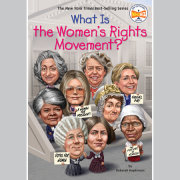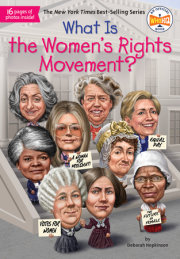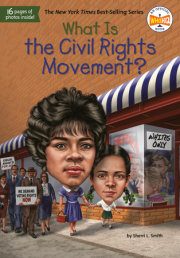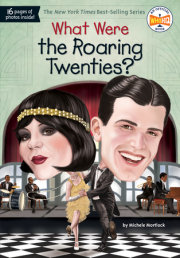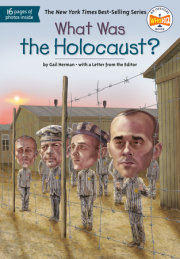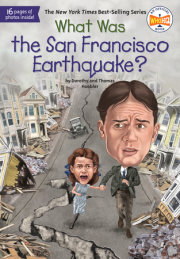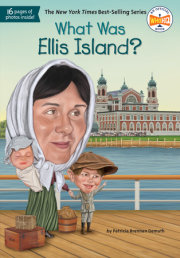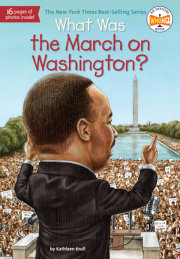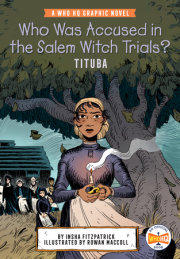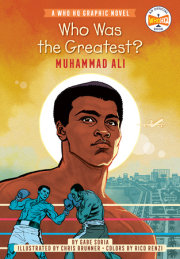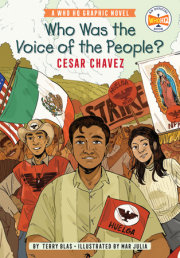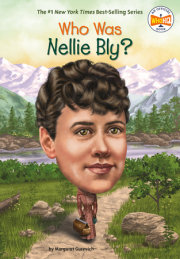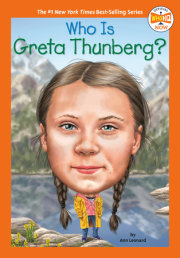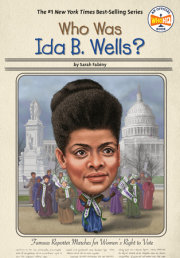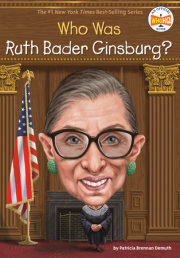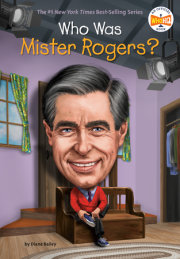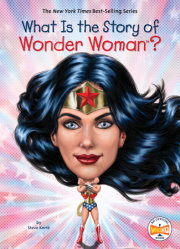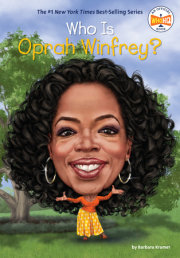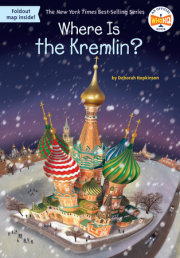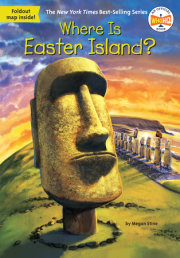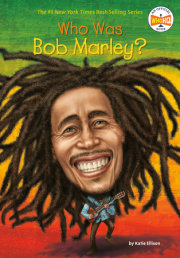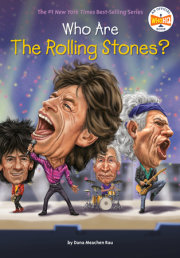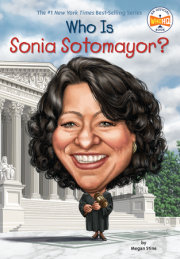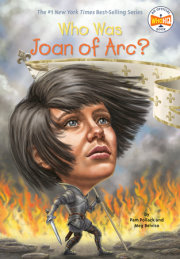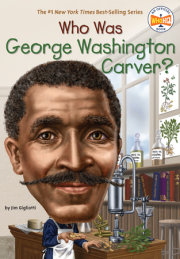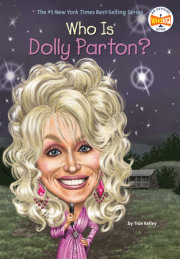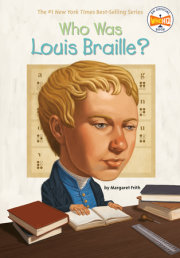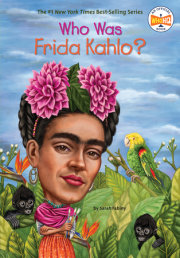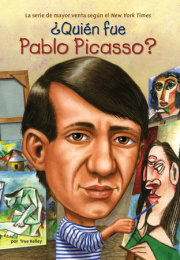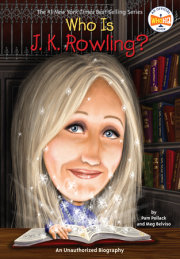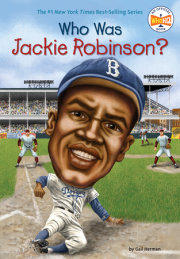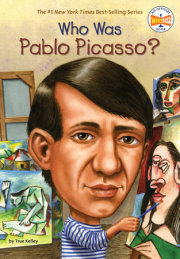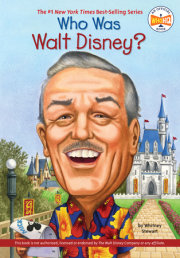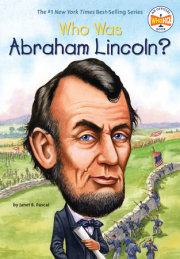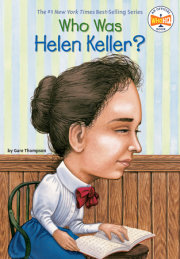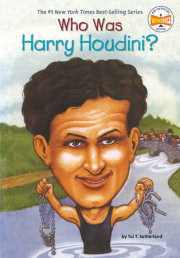What Is the Women’s Rights Movement? November 8, 2016 You might not expect an old cemetery to be a busy place on Election Day in the United States. But 2016 was different.
For the first time, a woman was running for US president from one of the two major political parties. It was Democrat Hillary Clinton. Her nomination was a milestone in the struggle of American women to achieve equality with men.
To celebrate, visitors streamed to Mount Hope Cemetery in Rochester, New York. They wanted to honor the memory of Susan B. Anthony. She was an early women’s rights leader. People lined up to place flowers and flags on the grass. Soon, “I Voted” stickers covered the simple gravestone.
Susan would have been delighted. She devoted her life to the cause of women’s
suffrage—the right to vote. Once, in 1872, Susan voted in a presidential election. It was illegal back then, and she was arrested. One newspaper published an illustration of her with the title “The Woman Who Dared.”
A judge sentenced her to pay a hundred dollars. Susan told him she’d “never pay a dollar of your unjust penalty.” She never did.
Susan B. Anthony didn’t live to see her dream come true. American women didn’t win the right to vote until 1920. That was fourteen years after she passed away.
And although Hillary Clinton’s campaign in 2016 made history, she didn’t win the election. No woman has ever been elected president or vice president of the United States . . . at least not yet.
As Susan once said, “Failure is impossible.”
Chapter 1: Early America On March 31, 1776, Abigail Adams picked up a quill pen to write to her husband, John. It was a dangerous time. The thirteen colonies in America wanted to separate from England to form their own country.
John Adams was often away at the Continental Congress in Philadelphia. John was there to help write the Declaration of Independence and discuss how the government of the new United States of America would work. Abigail stayed home in Massachusetts to care for their children and farm.
Still, Abigail had a keen interest in plans for the new nation. And she often shared her ideas with John. For one thing, Abigail believed slavery was wrong. By 1810, the number of enslaved people in the United States—almost all living in the South—totaled more than a million.
Abigail also spoke out for women. At the time, women in America had few rights. When a woman married, she suffered something called “a civil death.” This wasn’t a real death, of course. But the law didn’t recognize her as a separate person anymore. It meant that a married woman couldn’t own property. She had to turn any money she earned over to her husband. Divorce was rare. However, if a couple did separate, in most cases fathers gained custody of their children.
Abigail didn’t like any of these rules. She hoped John and the other Founders would make different laws for the new nation. And so she wrote, urging John to “remember the ladies, and be more generous and favorable to them than your ancestors.” Abigail added, “Do not put such unlimited power into the hands of husbands.”
John wrote back, half joking, “Depend on it, we know better than to repeal our masculine systems.” In other words, even loving husbands like John Adams wanted to keep society the way it was.
The Founders were bold men. But perhaps Abigail Adams was bolder. For she also told John she thought women would start a rebellion someday against laws “in which we have no voice or representation.”
Abigail Adams was right. In 1848, only thirty years after her death, the women’s rights movement began. And it was another busy wife and mother who set things in motion.
Chapter 2: The Seneca Falls Convention Elizabeth Cady married Henry Stanton on May 1, 1840. Even as a twenty-four-year-old bride, Elizabeth was already questioning her role as a woman. She left out the word
obey from her wedding vows. She also kept using her name, becoming known as Elizabeth Cady Stanton.
Her husband, Henry, was a well-known abolitionist. That means a person working to
abolish—to end—slavery in America. However, even at an abolitionist convention they attended, the men refused to allow women to take part. Elizabeth felt outraged. So did another woman named Lucretia Mott. Shouldn’t women be treated as equal partners in the fight against slavery?
Elizabeth and Lucretia decided to do something for women’s rights. It was eight years before they were able to begin. By then, Elizabeth was a busy mother. The family lived in Seneca Falls, a town in upstate New York.
On Sunday, July 9, 1848, Elizabeth, Lucretia, and three friends gathered together. Elizabeth poured out her frustrations about the unfair treatment of women. She proposed “a public meeting for protest and discussion.”
Her friend Lucretia and the others felt the same. Right away, they got started. They wrote a notice for the newspaper announcing a “Women’s Rights Convention” for July 19 and 20—the very next week! There wasn’t much time to plan. What should they say?
Elizabeth decided to use the Declaration of Independence as a model. She called her version the Declaration of Sentiments. She wrote: “We hold these truths to be self-evident: that all men
and women are created equal.”
Elizabeth’s Declaration of Sentiments included eleven demands for action. One was for suffrage. This was a shocking idea at the time. Women couldn’t vote anywhere in the world! The demand was so bold, her husband refused to attend the women’s first meeting.
Elizabeth held firm. Her father was a judge, and she’d grown up reading his law books. Elizabeth understood that the best way to change society was to change its laws. Without the legal right to vote, women could never be full citizens.
Even on such short notice, more than three hundred people, including about forty men, flocked to the Wesleyan Chapel in Seneca Falls. It was July 20, 1848. Elizabeth read aloud the Declaration of Sentiments.
When she got to the part about women voting, she declared, “The right is ours. Have it, we must. Use it, we will.”
At first, this idea didn’t go over well. Then one man spoke up in support: the great African American leader Frederick Douglass. In his abolitionist newspaper,
The North Star,
Douglass wrote that “there can be no reason in the world” to deny women the vote.
In the end, one hundred people at the Seneca Falls Convention—sixty-eight women and thirty-two men—supported the right to women’s suffrage.
Years later, Frederick Douglass reflected that it had taken women a lot of “moral courage” to demand the vote. It was not easy to start such a campaign, he said, “with one-half the whole world against you, as these women did.”
Frederick Douglass was right: Many people were against women’s rights. After the Seneca Falls Convention, one newspaper said the changes women wanted were “impractical, uncalled for, and unnecessary.” Another declared, “A woman is nobody. A wife is everything.” In other words, women belonged at home.
But Elizabeth soon found another friend who shared her dedication to women’s rights. Her name was Susan B. Anthony.
Copyright © 2018 by Penguin Random House LLC. All rights reserved. No part of this excerpt may be reproduced or reprinted without permission in writing from the publisher.



